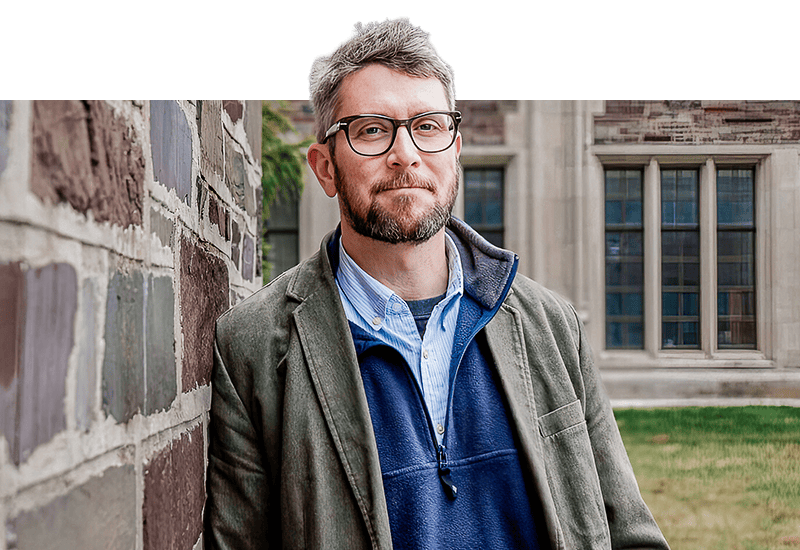John Ochsendorf *98 awarded 2008 MacArthur ‘Genius’ prize
By
on
John Ochsendorf, a structural engineer and architectural historian, was named as a 2008 MacArthur Fellow, a prestigious prize often referred to as a “Genius Award.”
The MacArthur Fellows Program gives “unrestricted fellowships to talented individuals who have shown extraordinary originality and dedication in their creative pursuits and a marked capacity for self-direction.” The program awards each recipient $500,000, which is paid out over five years.
In awarding Ochsendorf the fellowship, the awards committees described him as a “pioneer in exploring alternative engineering traditions”
Ochsendorf’s work on bridge engineering has drawn on research from a wide variety of cultures, from the Inca Empire to the Romanesque churches of France and Spain. He has studied hand-woven fiber suspension bridges in Peru and developed a method for testing the strength of ancient rope-weaving techniques used to build the bridges.
He has also studied suspension and cable-stayed bridges in Japan and most recently studied the failure of vaults and buttresses in European churches, work that is helping engineers analyze the safety of other churches and develop ways to make them more stable.
Ochsendorf is currently an associate professor in the Department of Architecture at the Massachusetts Institute of Technology. He recently led a group of students in the design of England’s Pines Calyx dome, a energy-efficient structure built from local resources using a tile vaulting system developed in Spain in the 19th century.
Ochsendorf received a B.Sc. from Cornell University, an M.Sc. from Princeton and a Ph.D. from Cambridge University.





